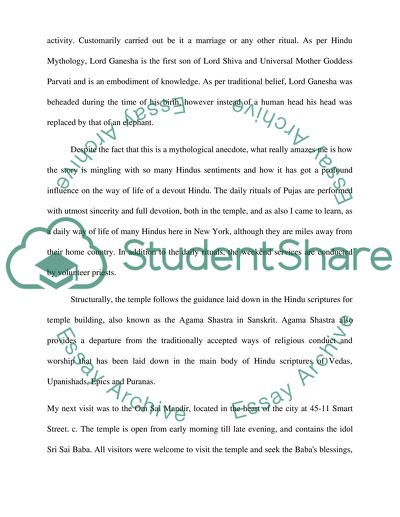Cite this document
(“Christian Thought, Greek Philosophical Thought, Hindu Tradition Research Paper”, n.d.)
Retrieved from https://studentshare.org/religion-and-theology/1435797-christian-thought-greek-philosophical-thought
Retrieved from https://studentshare.org/religion-and-theology/1435797-christian-thought-greek-philosophical-thought
(Christian Thought, Greek Philosophical Thought, Hindu Tradition Research Paper)
https://studentshare.org/religion-and-theology/1435797-christian-thought-greek-philosophical-thought.
https://studentshare.org/religion-and-theology/1435797-christian-thought-greek-philosophical-thought.
“Christian Thought, Greek Philosophical Thought, Hindu Tradition Research Paper”, n.d. https://studentshare.org/religion-and-theology/1435797-christian-thought-greek-philosophical-thought.


